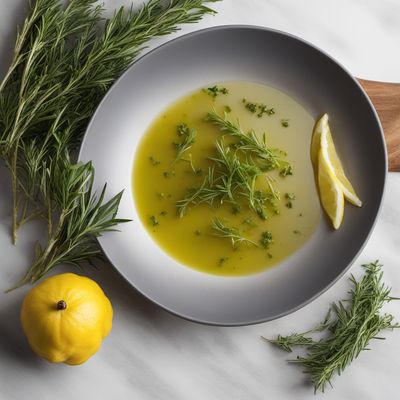
Ingredient
Eel, japanese
The Delicacy of the Sea: Japanese Eel
Japanese eel, or Anguilla japonica, is a species of eel that is native to East Asia, particularly Japan. It has a slender, snake-like body covered in a slimy skin, which helps it glide through water. The eel's flesh is white and tender, with a high fat content that gives it a rich, buttery flavor. Its texture is soft and delicate, making it a sought-after ingredient in Japanese cuisine.
Origins and history
Japanese eel has a long history in Japanese culture and cuisine. It has been consumed for centuries and is considered a delicacy. Traditionally, eels were caught in rivers and lakes during their migration from the ocean to freshwater habitats. Today, eel farming is a common practice in Japan to meet the high demand for this prized ingredient. Eel is often enjoyed during special occasions and festivals, such as the midsummer Day of the Ox, when it is believed to provide stamina and vitality.
Nutritional information
Japanese eel is a good source of protein, healthy fats, and various vitamins and minerals, including vitamin A, vitamin E, and calcium. However, it is also high in cholesterol and should be consumed in moderation, especially by individuals with existing health conditions.
Allergens
Some individuals may be allergic to eel. It is important to exercise caution and seek medical advice if you have a known seafood allergy or experience any adverse reactions after consuming eel.
How to select
When selecting fresh eel, look for firm, shiny skin and clear, bright eyes. The flesh should be moist and have a mild, fresh scent. Avoid eels with dull or discolored skin, cloudy eyes, or a strong fishy odor. If purchasing frozen eel, ensure that it is properly sealed and has not been thawed and refrozen.
Storage recommendations
Fresh eel should be consumed as soon as possible to enjoy its best flavor and texture. If storing, wrap the eel tightly in plastic wrap or place it in an airtight container and refrigerate for up to two days. Cooked eel can be stored in the refrigerator for up to three days. Frozen eel should be kept in the freezer and used within three months for best quality.
How to produce
Japanese eel farming requires specialized knowledge and equipment. It involves creating suitable habitats for the eels, such as ponds or tanks, and providing them with a controlled environment that mimics their natural habitat. Eels are typically fed a diet of fish and other aquatic organisms. The farming process requires careful monitoring of water quality, temperature, and feeding schedules to ensure the eels' health and optimal growth.
Preparation tips
Japanese eel is commonly prepared by grilling or broiling, which enhances its natural flavors and creates a caramelized glaze on the surface. It is often marinated in a sweet and savory sauce, known as kabayaki sauce, before being cooked. Grilled eel is commonly served over rice in a dish called unadon or used as a filling for sushi rolls. Eel can also be steamed, simmered in a broth, or deep-fried for different culinary preparations.
Culinary uses
Japanese eel is a staple ingredient in traditional Japanese cuisine. It is commonly used in dishes such as unadon (grilled eel over rice), kabayaki (grilled eel skewers), and sushi rolls. Eel is also enjoyed in soups, stews, and hot pots, adding a rich and savory element to the dish. Its unique flavor and texture make it a prized ingredient in Japanese gastronomy.
Availability
Japanese eel is primarily available in Japan and other East Asian countries. It is also exported to various parts of the world, including the United States and Europe, where it is commonly found in Japanese restaurants and specialty seafood markets.
More ingredients from this category
Recipes using Eel, japanese » Browse all

Telugu-style Spicy Eel Curry
Andhra Eel Delight: A Fiery Telugu Curry

Grilled Dalmatian-Style Eel
Savor the Flavors of the Adriatic: Grilled Dalmatian Eel Delight

Homemade Dragon Roll Uramaki
Fiery Dragon Roll: A Spicy Twist on Classic Uramaki

Miến Lươn with Lemongrass and Chili
Fiery Lemongrass Eel Noodle Soup

Anago Nigiri Sushi
Delicate Eel Delight

Afghan-style Smoked Eel
Savor the Delights of Afghan-style Smoked Eel

Curaçao-style Eel Stew
Caribbean Delight: Curaçao-style Eel Stew

Anguilla alla giovese with Tomato and Herb Sauce
Savory Italian Eel in Tomato and Herb Sauce

Anguilla alla Bisentina
Lake Delicacy: Grilled Eel with Fragrant Herbs

Anguilla alla Muranese
Venetian Delight: Grilled Eel with Fragrant Herbs

South Indian Style Anago Nigiri Sushi
Spicy and Tangy Anago Nigiri Sushi with a South Indian Twist

Portuguese-style Eel Stew
Savor the Sea: Portuguese-style Eel Stew